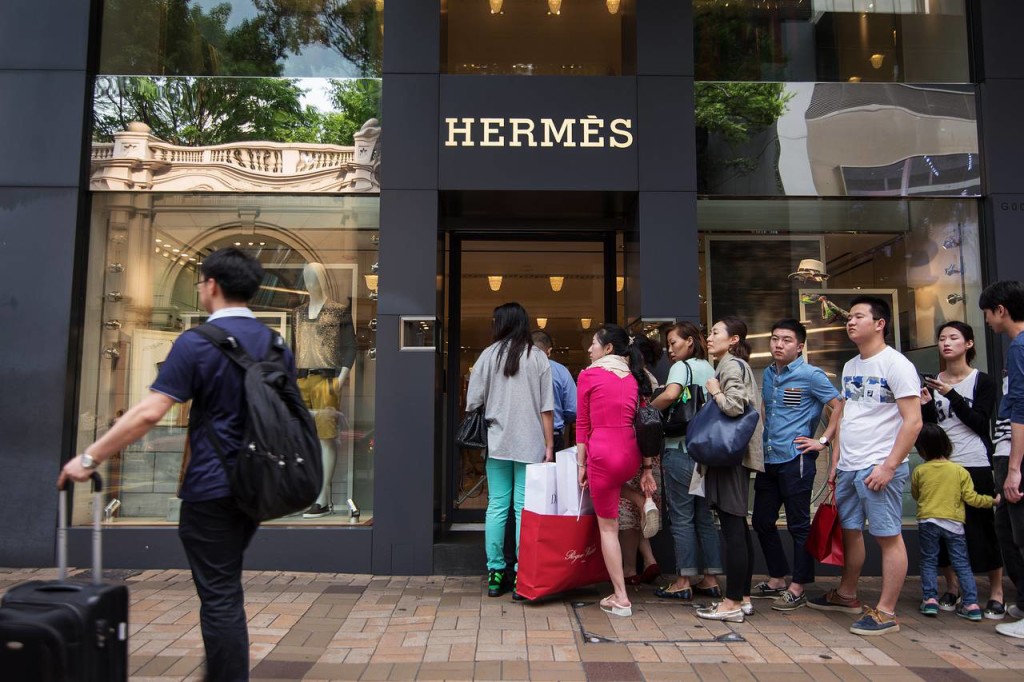PARIS—French luxury-goods company Hermès International said it expects demand for its pricey handbags and fashion to remain resilient and grow 8% this year despite the risk of an economic slowdown in China.
We’ve resisted this in the past said Hermès Chief Executive Axel Dumas. It is too early to tell what the effects will be of the devaluation of the yuan and the latest declines in equity markets, Mr. Dumas said. But he was confident that the company could hit the growth forecast.
Investors are fretting over whether luxury-goods firms can keep increasing sales amid global economic uncertainty stemming from jitters over China.
Hermès stock has declined 10% since China decided to devalue its currency earlier this month. On Friday, the shares on the Paris exchange were 1.5% lower by midafternoon trading.
Still, Hermès’ position at the apex of major luxury brands—with handbags that start at around €6,000 ($6,780)—has so far helped the company weather more difficult trading conditions in recent months.
Hermès reported strong first-half profit growth. Net profit rose 17% to €483 million euros in the six months to end-June from €413 million in the same period a year ago.
First-half revenue, which Hermès reported last month, rose 22% to €2.3 billion, helped by the euro’s weakness against major currencies and a 33% rise in sales in Japan. Sales abroad in other currencies count for more when translated back to euros. Stripping out the impact of currency fluctuations, revenue rose 9%.
The family-controlled company’s operating profit margin slipped slightly in the first half to 32.5% from 32.6%, due to currency fluctuations.
Hermès warned that its operating margin would shrink further in the second half to end the year to 31.5% for the full year.
Mr. Dumas said the economic outlook in China hasn’t changed the brand’s strategy in that country. Hermès remains on track to open a store next year in China. He also said revenues in Japan continue to climb as it remains a hot destination for Chinese tourist shoppers.
The Asia-Pacific and Japan regions combined made up almost half of the company’s total first-half sales.
Editorial: WSJ
